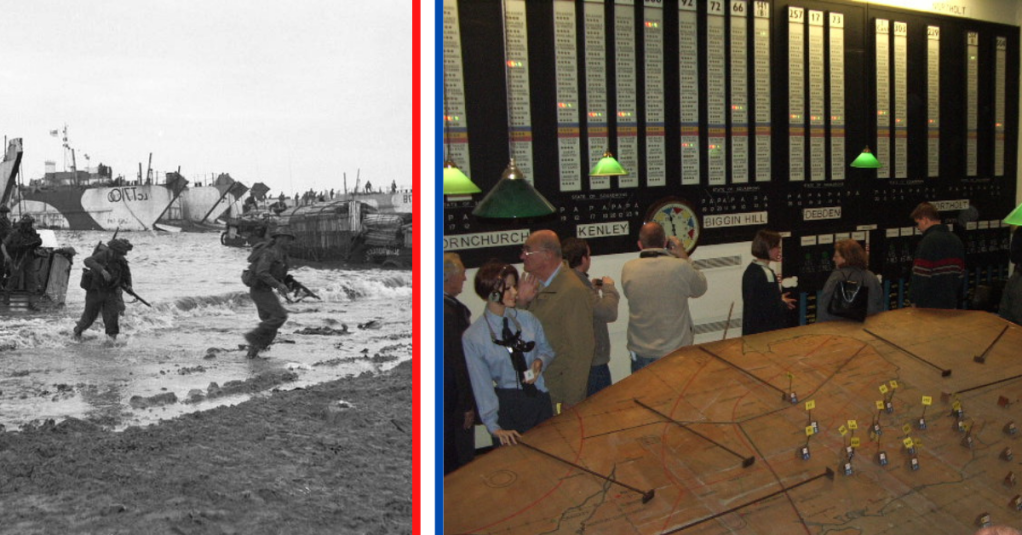

The Allies pulled out all the stops for D-Day. While the invasion was a massive success, leaders knew a determined German response could push them back into the sea. Britain deployed radar jamming alongside the prototype tanks, the decoy corpses, and the baseball legends driving experimental weapons.
Early radar jamming with “chaff”
British experiments with radar jamming dated back years. An early radar operator submitted his story to the BBC in 2003. He wrote of his time working with the Type 14 Radar, a machine that could quickly deploy and mimic German radar. In late 1942, he and his colleagues were sent to participate in an experiment at Norfolk in Britain.
The crew aimed their radar where they were told and spotted an aircraft making its way through their zone. So far, so good. Then, the plane kept flying but left much noise in its wake. Initially, the crew thought the plane might be rapidly inflating and deploying balloons behind it. But the number of radar contacts quickly grew to an impossible number.
The operators knew the Royal Air Force was tricking them, but they couldn’t keep track of the real targets with all the noise. They later learned that the plane was dropping carefully cut strips of aluminum tuned to the German radar. The strips were half the size of the incoming wavelength, causing the wave to return to the radar with lots of noise.
The metal strips were codenamed Window, and the operators’ confusion proved they worked.
This experiment took place years before electronic jamming, so Window was the only real option for interfering with enemy radar.

Commandos of 47 (RM) Commando coming ashore from LCAs (Landing Craft Assault) on Jig Green beach, Gold area, 6 June 1944. LCTs can be seen in the background unloading priority vehicles for 231st Brigade, 50th Division. (IWM)
On D-Day, Window proves its worth
Thanks to well-timed bombing campaigns and the aggressive work of Allied aircrews, the Luftwaffe was far from the front and much weaker than the Allied attackers on D-Day. Similarly, the German navy was largely damaged or bottled up in harbors and so couldn’t interfere.
But the Allies needed to guarantee fire superiority at the beaches. The British dropped Window near the beaches overnight, June 5 to 6, flooding German radar with false information.
Oddly enough, it later turned out that Germany discovered chaff and its effect on the radar as well. And it did so years before D-Day. But Hermann Goring worried so much about it falling into British hands that he hid all knowledge of it. So, on D-Day, his defenders initially couldn’t figure out what was going on. And he lost years of potential uses of the decoy without preventing its use against him.
After the war, electronics engineers found ways to jam radar and other devices using electromagnetic energy instead of having to drop metal strips. But the chaff used as a decoy against missiles and other equipment still works similarly to the original Window strips.
